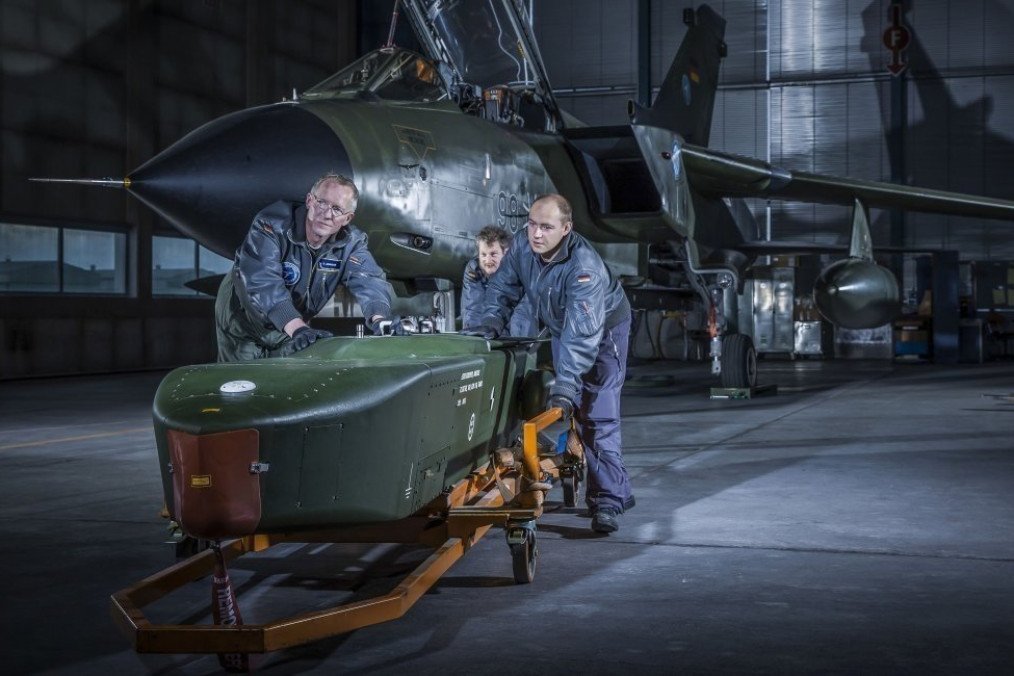Japan’s Kawasaki Heavy Industries and Germany’s Taurus Systems GmbH are holding early discussions about working together on advanced missile engines. Several reports suggest that both companies are exploring ways to cooperate on the development of compact and fuel-efficient turbofan engines for cruise missiles.
Early Talks on Taurus Missiles Engine Cooperation
Taurus Systems, a well-known German defense manufacturer, has shown strong interest in a new type of engine that Kawasaki is developing in Japan. This Japanese engine is designed for next-generation anti-ship missiles and is said to be lighter, smaller, and more fuel-efficient than the engines currently used in similar missile systems. These qualities could help improve the range and performance of future cruise missiles, which rely heavily on compact propulsion systems.
According to reports, the two companies signed a memorandum of understanding during a major defense exhibition held in Tokyo earlier this year. This agreement sets out a basic framework for possible cooperation. The arrangement could cover several areas, including upgrading the existing Taurus missile systems and working together on the creation of a brand-new air-launched cruise missile platform.
Japan’s giant warship heads to US for deadly Tomahawk missile upgrade
At present, the Taurus missile system uses an engine made by an American company. However, Germany is now looking for European or allied alternatives to strengthen its own defense supply chain and reduce dependence on external suppliers. Japan’s newly developed engine has become an attractive option due to its high performance and efficiency.
Japan’s Strict Export Rules and Technical Barriers
While both sides seem interested in moving forward, the cooperation is not without challenges. Japan has very strict rules on the export of defense equipment and related technologies. These rules, known as the Three Principles on Transfer of Defense Equipment and Technology, prevent Japan from exporting complete weapons systems or critical components directly to other countries.
This means that exporting the missile engines themselves would be difficult under current regulations. However, Japan’s laws do allow for certain kinds of joint development projects, as long as they receive approval from the government. This creates a potential pathway for Kawasaki and Taurus to work together legally, focusing on research and design collaboration rather than the direct sale of components.
According to defense officials, every project involving the transfer of military technology must go through a strict review process. Authorities evaluate whether the project aligns with Japan’s defense policies and its international commitments. Only after this review can any cooperation officially move forward.
Kawasaki Heavy Industries has chosen not to comment on the ongoing talks. The European defense group MBDA, which holds a share in Taurus Systems, has also remained silent. However, sources familiar with the matter have indicated that both companies are keeping communication channels open as they explore possible technical exchanges.
Japan’s engine development is part of its larger island-defense missile program. This program aims to strengthen the country’s ability to defend its vast island territories by creating longer-range, more efficient missile systems. The new turbofan engine being developed by Kawasaki is designed specifically for these extended missions, offering better fuel efficiency and increased range.
Taurus Missile System and Germany’s Defense Plans
Germany, Spain, and South Korea use the advanced air-launched cruise missile Taurus KEPD 350, which travels over 500 kilometers and launches from fighter aircraft like the Tornado and F-15. Designed to fly at low altitudes, it can evade radar and strike targets with precision.
Germany is now focusing on modernizing the Taurus system as part of a broader defense upgrade. One key project, called “Taurus Neo,” aims to improve range, electronics, and engine efficiency — areas where Japan’s new turbofan technology may contribute if cooperation advances.
Typhon Missile in Japan, Dark Eagle in Australia — China warns of America’s missile ring tightening
Germany plans to acquire about 600 upgraded Taurus units later this decade to enhance Europe’s defense strength and supply chain independence. Japan’s compact turbofan engine, known for its lightweight design and long range, has attracted interest from Taurus engineers as a possible propulsion upgrade.
Both Japan and Germany have deep experience in aerospace and defense technology, and their ongoing discussions could lead to a significant milestone in missile propulsion collaboration.

